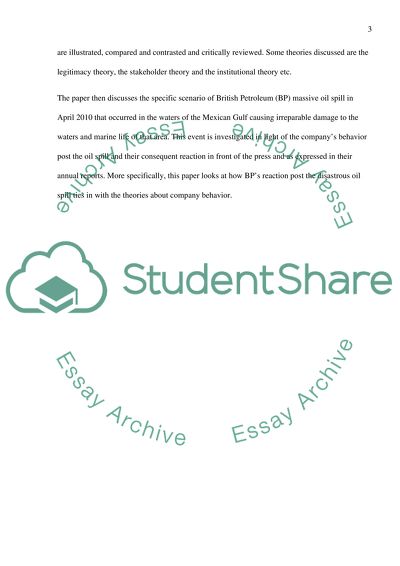Cite this document
(The Specific Scenario of British Petroleum Term Paper - 15, n.d.)
The Specific Scenario of British Petroleum Term Paper - 15. Retrieved from https://studentshare.org/marketing/1608448-case-study
The Specific Scenario of British Petroleum Term Paper - 15. Retrieved from https://studentshare.org/marketing/1608448-case-study
(The Specific Scenario of British Petroleum Term Paper - 15)
The Specific Scenario of British Petroleum Term Paper - 15. https://studentshare.org/marketing/1608448-case-study.
The Specific Scenario of British Petroleum Term Paper - 15. https://studentshare.org/marketing/1608448-case-study.
“The Specific Scenario of British Petroleum Term Paper - 15”, n.d. https://studentshare.org/marketing/1608448-case-study.


